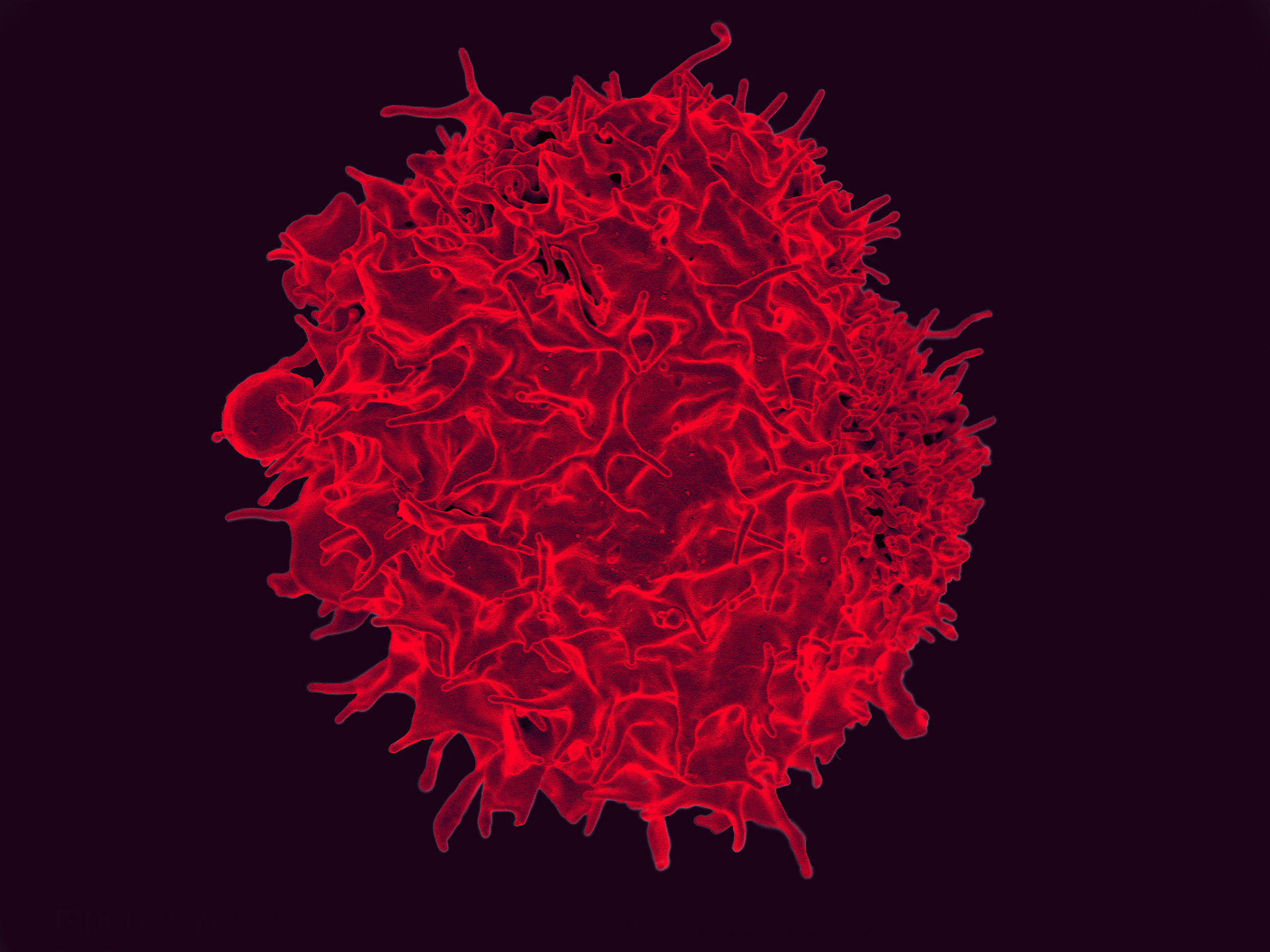 CDC
CDC Contraceptive challenges in adolescents living with or at risk of HIV
| Author List |
|---|
| N Kancheva Landolt |
| T Bunupuradah |
| S Chaithongwongwatthana |
Abstract
Many adolescents living with or without HIV are sexually active and in need of continuous free access to a variety of contraceptive methods. Dual contraception, condom use together with reversible effective contraception (hormonal contraception [HC] or intrauterine device), seems to be the most effective option for female adolescents for protection from unintended pregnancy and sexually transmitted infections. When counselling on specific contraceptive choice, healthcare providers should be aware about possible interactions of some types of HC with the immune system, with possible changes in infectivity, as well as about drug interactions between mainly efavirenz and some types of progestins. Adding HC to HIV-positive status and antiretroviral therapy could have additive effects on metabolism. At the same time, the possible disadvantages of using HC in women living with HIV should be balanced against the advantages of very reliable methods of preventing unintended pregnancies. To reach and deliver a contraceptive service to more young women, it has proven effective to organise adolescent-friendly clinics and/or integrate them with HIV services. Diverse approaches, including community-based contraceptive service provision and the use of modern technologies, can complement the effort of providing contraceptive services to this target group of female adolescents living with HIV or at risk of HIV.
Published
Article Category
HIV Treatment
Article Type
Reviews
Posted Date
16-03-2016
| File Name |
|---|
| 1459540531JVE_3 Landolt.pdf |